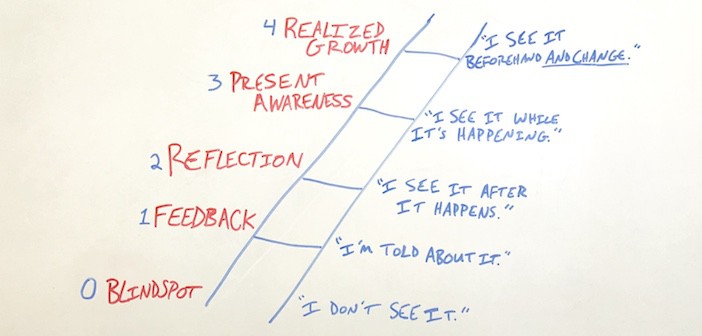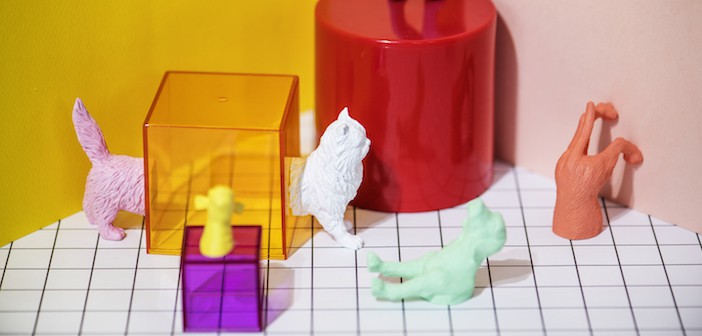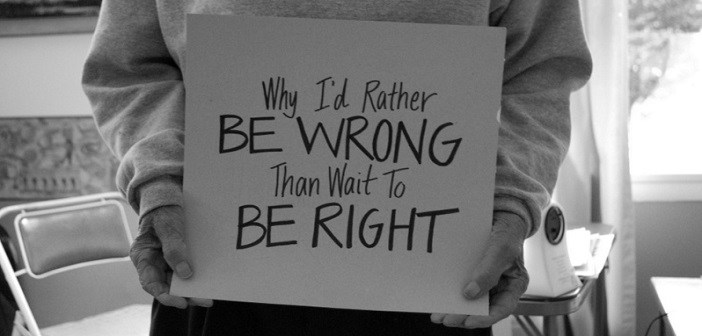The past few posts have focused on the process to team community and methods for transition between each stage of that process. Today, we’ll complete this series by focusing on the final transition.…
This transition from collaboration to community requires the greatest shift in the perspective of team members. Their relationships, which have always been centered around shared projects, must now become centered around shared lives. Where members once thought, “I like you for what you do”, they must begin thinking, “I like you for who you are.” A community is only as deep as the things its members hold in common. Collaborative projects are essential to the process but certainly not deep enough to sustain true community.
…
So how can we shift the center of the team’s relationship from shared projects to shared lives? Here are just a few ideas…
…
Plan times of intentional relationship development. It may seem overly forced, but every strong relationship begins with intention. What would happen if you banned business small-talk from corporate luncheons? Or took your team members to a ballgame once a month? Or invited their families to grill out at your house? Just because it seems awkward, doesn’t mean it is was a bad idea. With intention, those relationships will become more natural and eventually cultural for your team.
…
Allow “relational rabbit trails” in meetings. What is your natural reaction when you are leading a meeting that runs “way off track”? For instance, you start by discussing next quarter objectives but before you know it, Jeremy is pulling out wallet photos of his third cousin’s newborn. Do you let him continue to waste time? Is he really wasting time? Developing community requires a redefinition of efficiency. Though a discussion of Jeremy’s family may not be on the agenda, it is a great contribution to his relationship with the team. Be willing to let discussions shift from the shared project toward shared lives. Especially early on in the transition to community. Because the conference room may be the only place in which you have the opportunity to begin community.
…
Seek spontaneity. Spontaneity is a great measure of community. The more members share lives, the less planning their interactions require. Model this by being spontaneous yourself. Don’t always make lunch plans two days in advance; ask around at 11:45. Invite a team member to coffee following an afternoon meeting. See if anyone wants to join your family at the park this weekend. Intentional, well-planned events are necessary to begin community, but spontaneity provides sustainability. And as you model spontaneity, your team members will follow.
…
These are just a few ideas for making the transition from collaboration to community. What are some other ways to shift the focus of your team’s relationship from shared projects to shared lives?



